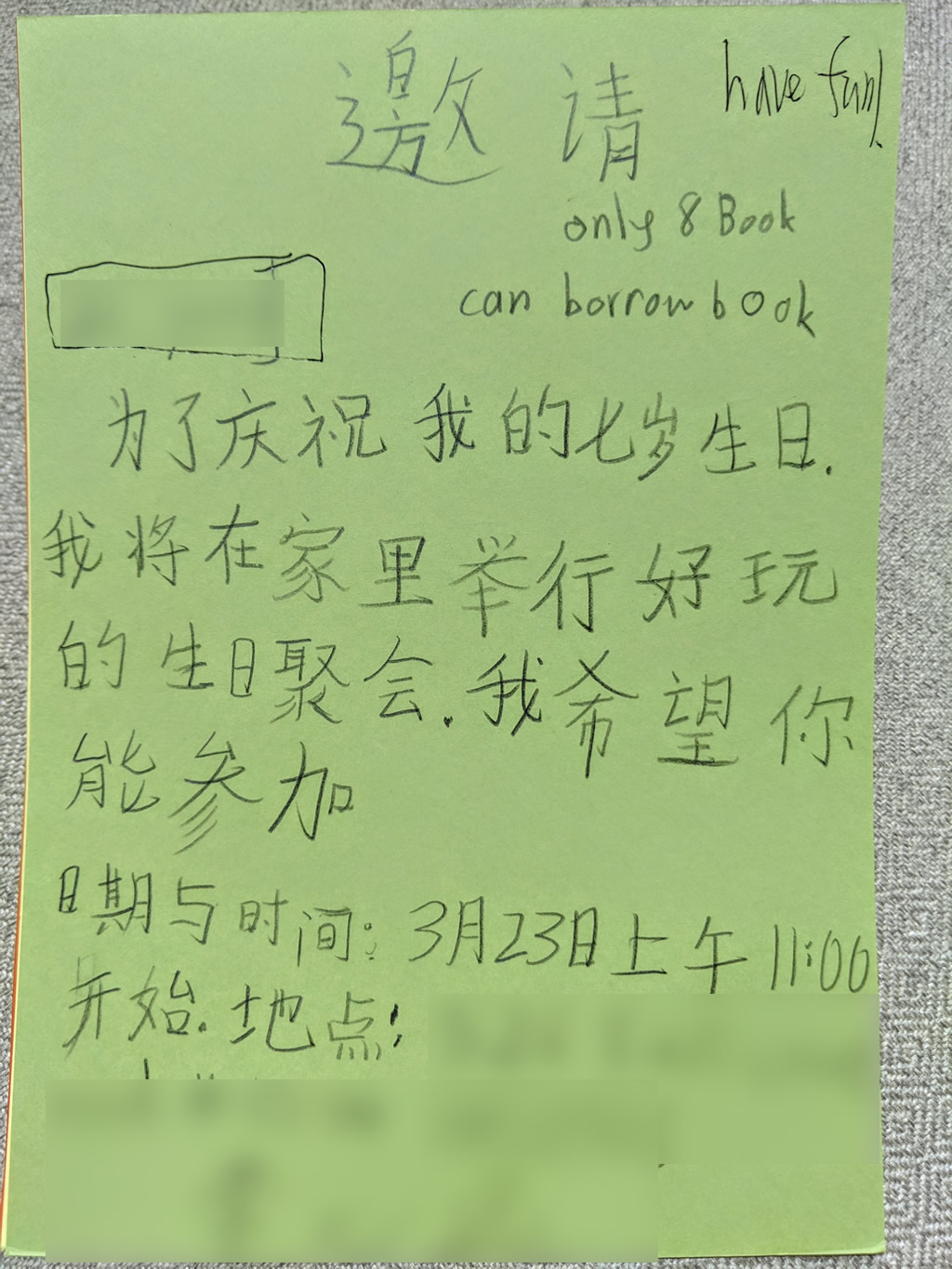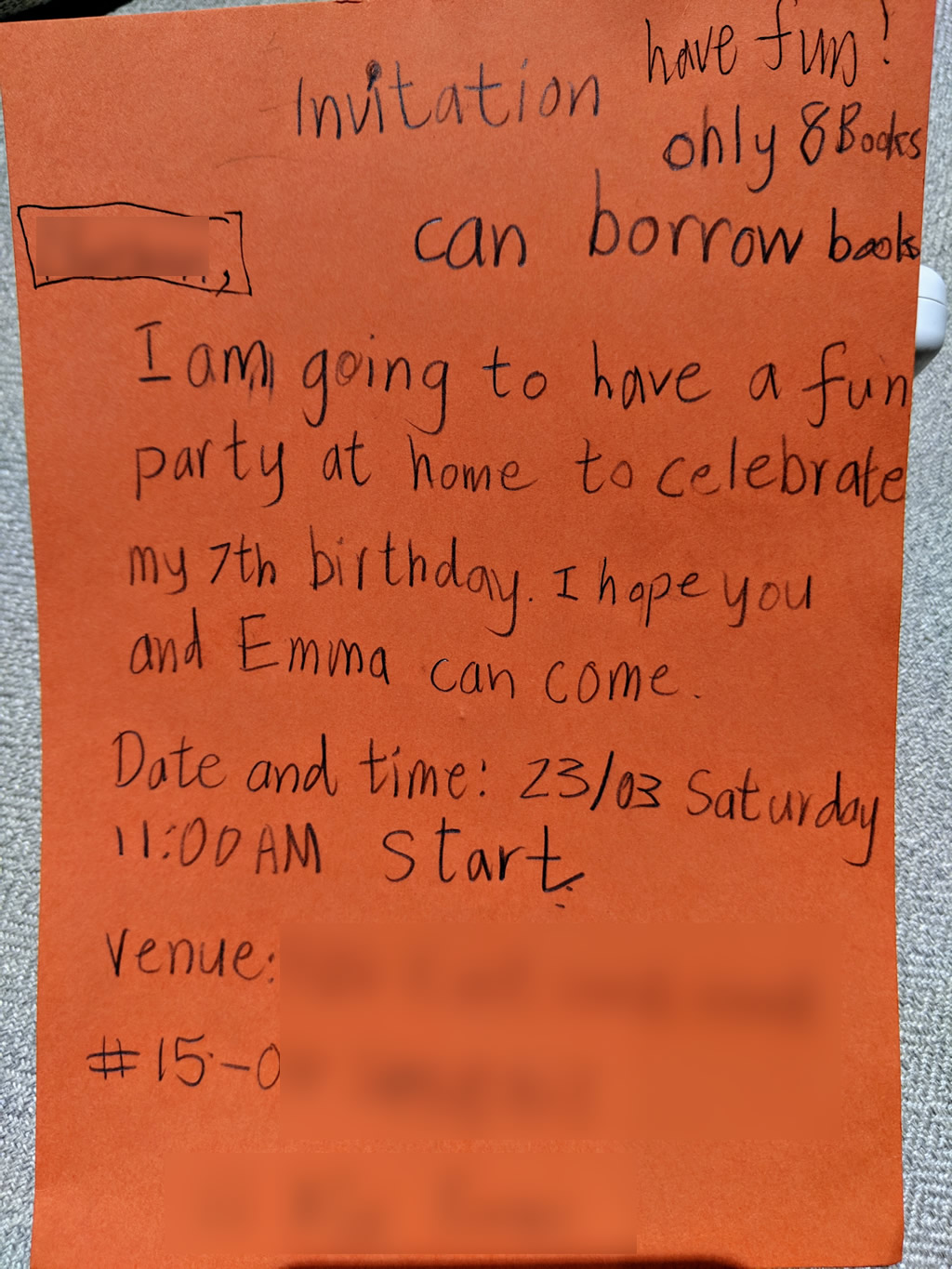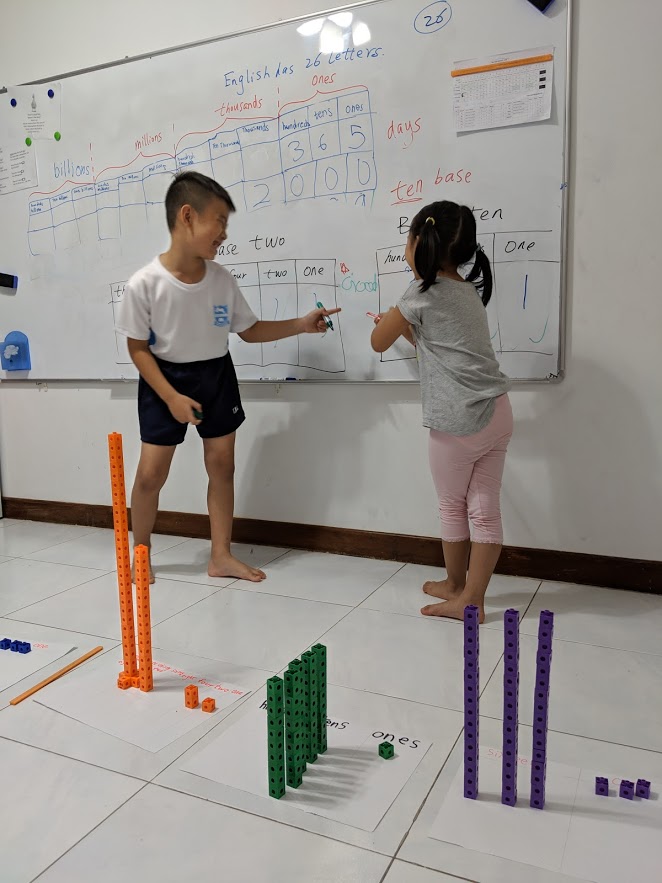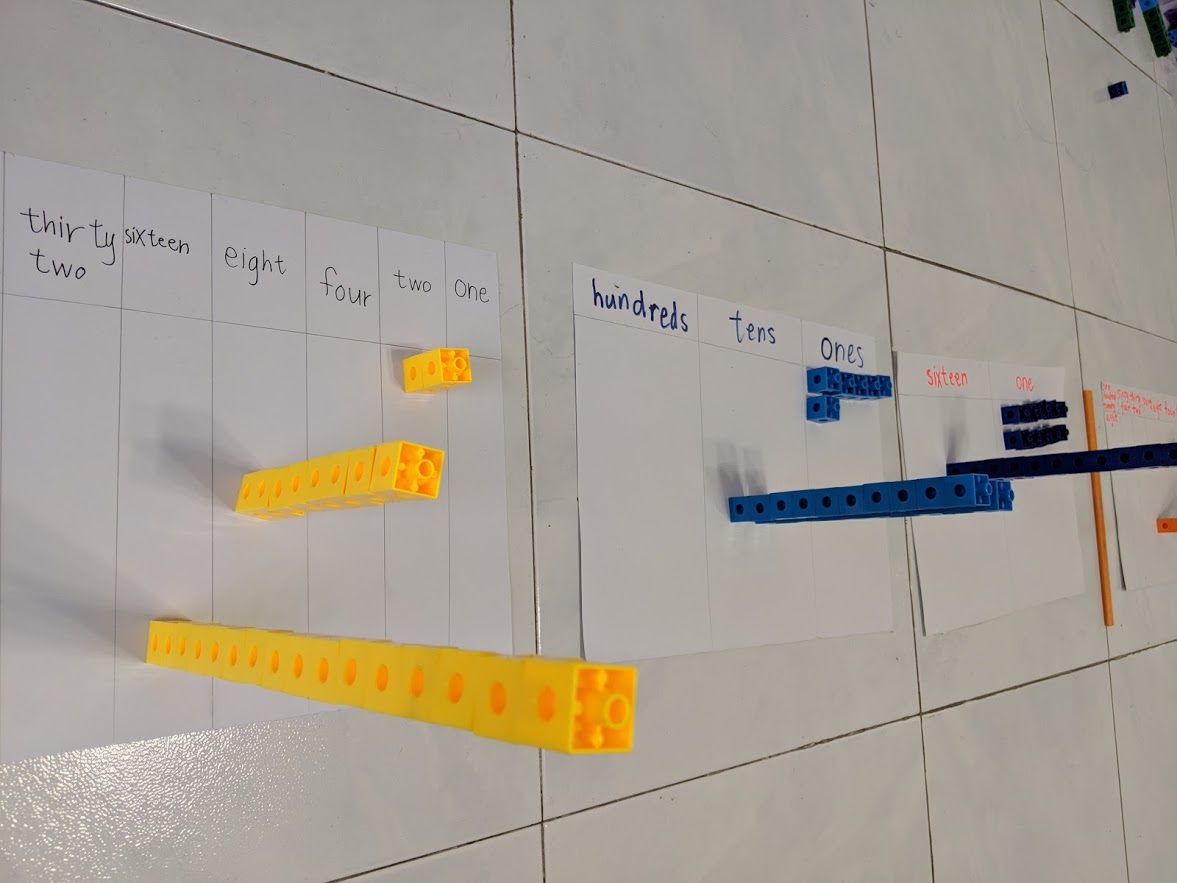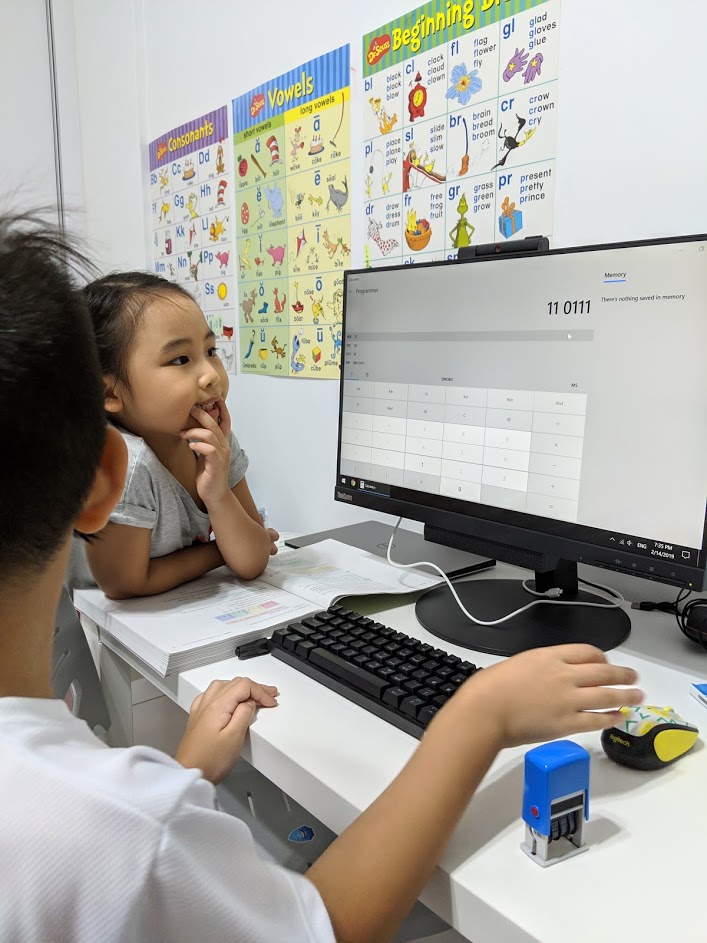Numeral Systems: Binary, Decimal & Hexadecimal
Why?
In Singapore, mathematics syllabus for P1 (primary one) includes addition, subtraction, multiplication, and division. Students work with decimal numbers. Learning about other numeral systems than decimal, they will understand: how a numeral system work in general; why decimal is the default choice.
How?
Scope: learning how binary (base 2), decimal (base 10) and hexadecimal (base 16) systems work starting from 0 to 26; then +5, +10, etc.
Materials: 1) A3 sized paper; 2) snap cubes: 3 colors for each student; 100 pieces per color.
Increment by 1: walking through the number increment procedure with students:
- add one piece to the rightmost ‘ones’ column of a number system;
- carry over if the total units exceed the current place value – start from the ‘ones’ column till to the right:
- snap the all the units of the current column in a straight line and now they form one unit in the preceding column;
Add more than 1: ask students to add 5 or 10 directly:
- Snap the cubes to be added and fill the largest place value first – for example, to add 5, one can simply put 4 into the ‘four’ column and 1 into the ‘ones’ column in the base 2 board;
- Carry over if necessary from the right-most.
Learned on: Feb 14, 2019
Reference: Paul A. Calter and Michael A. Calter. “Binary, Hexadecimal, Octal, and BCD Numbers”
